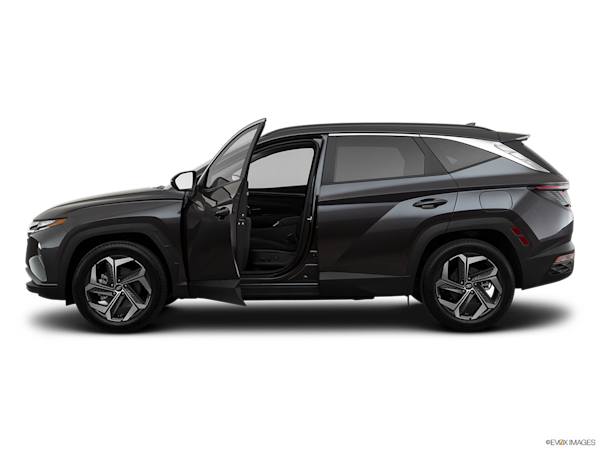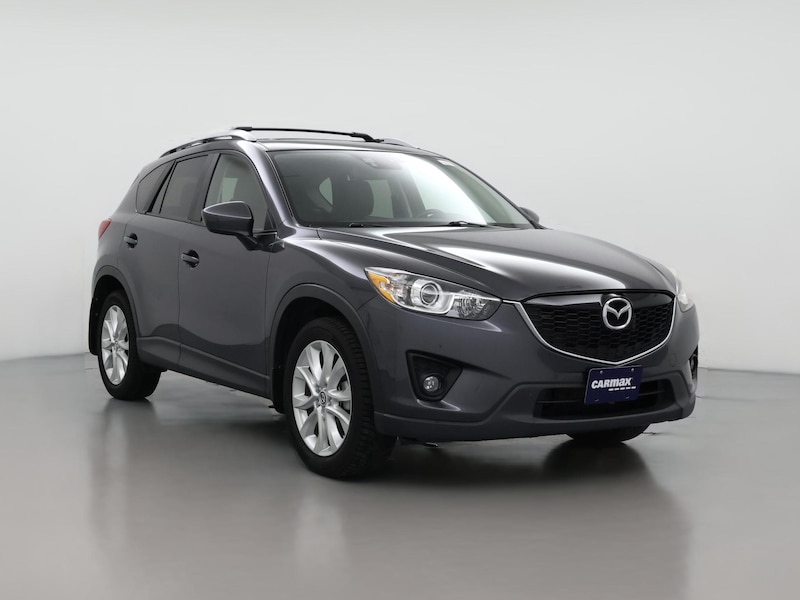Best SUVs under $30,000
Explore the best used SUVs under $30,000 of 2024
Best SUVs under $30,000
We've compiled a list of the 10 most popular used SUVs under $30,000 with CarMax customers. Learn more about how our lists work.


1. Nissan Rogue
CarMax owner rating
Pros
Fuel-efficient
Ample cargo volume
Many standard features
Cons
Steering lacks road feel
Upper trims can get very pricey
Less second-row legroom than some rivals

2. Toyota RAV4
CarMax owner rating
Pros
Quiet and comfortable ride
Capacious cabin for passengers and cargo
Excellent off-road capabilities
Cons
Mediocre acceleration
Steering on road feels vague
Rugged styling might not be for everyone

3. Jeep Grand Cherokee
CarMax owner rating
Pros
Strong towing abilities
Extensive advanced driver aids
Superior off-road prowess
Cons
Confusing control layout
Interior materials feel cheaper than they look
Trailhawk trim only available for 4xe hybrid

4. Honda CR-V
CarMax owner rating
Pros
Spacious interior
Intuitive infotainment
Smooth ride
Cons
Limited cabin storage
Noisy hybrid powertrain
Hybrid only on upper trims

5. Chevrolet Equinox
CarMax owner rating

6. Ford Explorer
CarMax owner rating
Pros
Wide range of engine choices
Maximum tow rating of 5,600 pounds
Cargo space
Cons
Key rivals have roomier third-row seats
Higher trims are very pricey
Some humdrum cabin trim

7. Mazda CX-5
CarMax owner rating
Pros
Strong overall performance
Near-luxury interior
Attractive styling
Cons
Below-average passenger and cargo space
Firm ride quality
Weak base engine

8. Ford Escape
CarMax owner rating
Pros
Smooth city and highway ride
Intuitive SYNC® 4 infotainment system
Plenty of engine choices
Cons
Handling lacks liveliness
Transmission can be abrupt when shifting
Body roll in tight corners

9. Volkswagen Tiguan
CarMax owner rating

10. Hyundai Tucson
CarMax owner rating
How we ranked this list
To create our "Best Of" lists, our analysts look at CarMax vehicle and sales data over a recent 6-month period, from September 2023 through February 2024. Looking back over a 6-month period allows for the highest sample size possible while also providing up-to-date pricing information. Some articles may include data points with lower sample sizes.
***
RepairPal Reliability Ratings are based on the actual cost, frequency, and severity of unscheduled repairs and maintenance on make/model data for select 2006-2020 vehicles. The reliability of a specific vehicle may vary depending on its maintenance and driving history, model year, trim, and features. RepairPal Reliability Ratings are provided by RepairPal and CarMax is not responsible for their accuracy.
Fuel economy figures are based on EPA estimates for when vehicle sold as new. Fuel economy may vary for reasons like driving conditions and vehicle history. Unless specified, figures are for vehicles equipped with an automatic transmission. See fueleconomy.gov.
Range figures are based on EPA estimates for when vehicle sold as new and assume a full battery charge. Range will vary based on things like battery age, vehicle condition and history, driving and charging habits, accessory use, and driving conditions. Battery capacity may decrease with time and use. See fueleconomy.gov for more info.
Ready to find your next vehicle?
We hope you found this information helpful. This content is intended to inform and is not meant to indicate that a particular vehicle is currently available or recommended for you.
Statements of fuel economy or EV range are based on EPA and other third-party estimates for vehicles when new. Fuel economy and EV range will degrade with time and vary based on age, driving conditions, vehicle history, and other conditions. See fueleconomy.gov for more info.
Unless otherwise noted, information related to featured vehicles comes from third-party sources, including manufacturer information. Product and company names may be trademarks or registered trademarks of third-party entities. Use of them does not imply any affiliation with or endorsement by these entities. By clicking on any video links, you will be taken to a third-party site maintained by YouTube, Inc.
We make every effort to provide accurate information, but please verify before purchasing.









